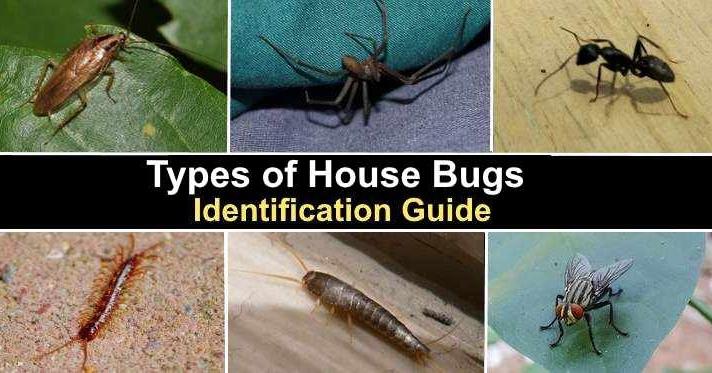Pest infestations are a common homeowner’s nightmare. These unwelcome guests can disrupt our lives, damage property, and pose health risks to our families. To effectively manage and prevent pest problems, it’s essential to identify the culprits correctly. In this article, we’ll delve into common household pests, helping you recognize them and understand the steps you can take to address these unwelcome visitors.
Cockroaches
Cockroaches are notorious for their resilience and ability to thrive in various environments. They’re commonly found in kitchens, bathrooms, and basements. Identifying features include long antennae, a flat oval-shaped body, and a reddish-brown to dark brown color. Cockroach infestations are often accompanied by a musty odor. Keep your home clean and free of food debris. Seal any cracks or crevices in walls and cabinets, and use roach traps or baits to eradicate them.
Ants
Ants are a common sight in homes, especially during warm weather. They’re typically small, with segmented bodies and bent antennae. Ants form visible trails as they search for food sources, often congregating around sweets or crumbs. To manage ants, eliminate food sources, seal entry points, and use ant baits or traps. Identify the ant species to determine the most effective control method.
Termites
Termites are often called “silent destroyers” because they can cause significant damage to wooden structures without immediate detection. They have pale, soft bodies and straight antennae. Termite infestations may result in sagging or damaged wood, mud tubes, or discarded wings. Regular inspections by professionals are crucial to detect termites early. Prevent moisture buildup and store firewood away from the home to deter termites.
Spiders
While most spiders are harmless, some, like the brown recluse or black widow, can be venomous. Spiders have two main body parts and eight legs. They come in various sizes and colors, with many building webs to catch prey. Reduce clutter in your home, seal entry points, and use spider traps or natural repellents to manage spider populations.
Rodents (Rats and Mice)
Rats and mice are known for their ability to sneak into homes through tiny openings. They have pointed snouts, long tails, and large ears. Rodents leave behind droppings, chewed wires, and gnaw marks on walls and food packaging. Seal all entry points, store food in airtight containers, and use traps or baits to capture rodents. Maintaining cleanliness and proper sanitation is essential.
Bed Bugs
Bed bugs are small, flat insects that feed on the blood of humans and animals. They are reddish-brown and typically found in and around bedding and mattresses. Signs of infestation include itchy bites and tiny bloodstains on sheets. Wash bedding regularly, vacuum mattresses, and consult a professional pest control service for bed bug eradication.
Fleas
Fleas are often brought into homes by pets but can also hitch a ride on clothing. They are tiny, dark-colored insects that can jump great distances. Flea bites can cause itching and discomfort for both humans and animals. Regularly treat pets for fleas and vacuum thoroughly. Wash pet bedding and consult a vet for flea control measures.
Flies
Flies, including house flies and fruit flies, are known for their annoying presence. They have two wings and a compact body. House flies are attracted to food and can carry disease-causing pathogens. Maintain good hygiene by covering food, keeping trash bins sealed, and using fly traps.
Silverfish
Silverfish are small, silver or gray, wingless insects with a tapered body. They are often found in damp areas like bathrooms and basements and can damage paper products and clothing. Reduce humidity levels in affected areas, seal cracks, and use traps to manage silverfish.
Carpenter Bees
Carpenter bees are large, solitary bees that bore into wood to build nests. They resemble bumblebees but have a shiny, hairless abdomen. Holes in wooden structures are a sign of their presence. Seal and paint wooden surfaces to deter carpenter bees. Consult a professional for nest removal.
Recognizing common household pests is the first step in effectively managing and preventing infestations. Each pest has unique characteristics and behaviors, making accurate identification crucial. Once you’ve identified the pest, you can take appropriate control measures, which may include DIY methods or professional pest control services. By staying vigilant and addressing pest problems promptly, you can ensure a pest-free and comfortable living environment for you and your family.






